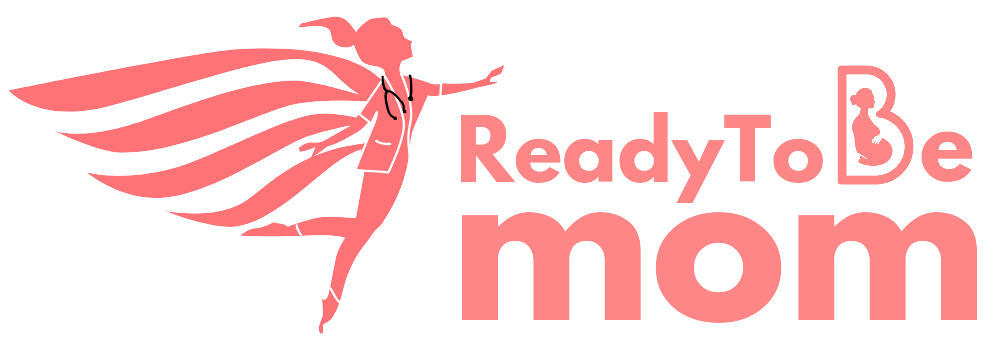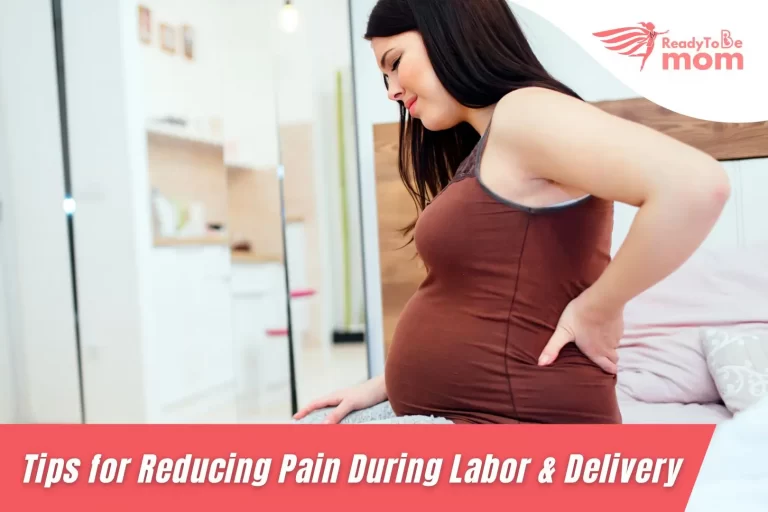Blog
Tips for Reducing Pain During Labor & Delivery
Labor is often cited as one of the most intense experiences a person can endure. While every labor is unique, and each woman’s experience may vary widely, pain during labor is a common concern. Fortunately, there are numerous strategies and Tips for Reducing Pain During Labor & Delivery during this transformative time. In this blog, we’ll delve into various methods you can explore before and during labor, helping you embrace the experience with greater confidence and comfort.
Understanding Labor Pain
Before exploring pain relief strategies, it’s essential to understand what causes labor pain. The discomfort generally arises from a combination of uterine contractions, pressure on the cervix, stretching of the vaginal tissues, and pressure on other nearby organs. This multifaceted nature of pain means that different approaches may work better for different individuals.
Techniques to Reduce Pain During Labor
Here are some effective methods that can help alleviate pain during labor:
- Childbirth labor Classes and Preparation: Knowledge is power! Attending childbirth education classes can provide you with crucial insights into what to expect during labor. The Lamaz classes where both moms and dad are involved. Understanding the stages of labor and the processes your body undergoes can reduce anxiety, which in turn can contribute to a more manageable pain experience.
- Staying Active till birth: Staying active is one of the most helpful things you can do to manage the pain of labour and birth.
- Breathing Techniques: Controlled breathing is a powerful tool during labor. Focused breathing techniques can help you relax, manage stress, and cope with contractions. Techniques include slow breathing, deep breathing, and patterned breathing. Breathing techniques are used to help women relax and manage pain during labor.
- Massage and Touch: Gentle touch, massage, or counterpressure applied to the lower back or hips can help ease discomfort during contractions.
- Hydrotherapy: Many women find relief from pain through water immersion. A warm shower or bath can help relax the muscles and soothe tension. If your birthing facility has a labor tub, consider using it to ease pain with the comforting properties of water.
- Heat and Cold Therapy: Applying heat with warm compresses or a heating pad can relax tight muscles and alleviate discomfort. Conversely, cold packs can numb specific areas and reduce inflammation. You might find alternating hot and cold helpful, too.
- Aromatherapy: Essential oils can play a relaxing role during labor. Lavender, chamomile, and clary sage are popular choices. Diffusing these calming scents or applying diluted oils can create a soothing atmosphere conducive to relaxation.
- Pain Relief Medications: Discussing pain management options with your healthcare provider is vital. Epidurals, narcotics, and other medications can effectively reduce labor pain. Make sure to discuss the benefits and risks of each option well in advance.
- Epidural Anaesthesia: Epidural anaesthesia is a common pain management technique used during labor. It involves the injection of an aesthetic into the epidural space in the lower back, which blocks pain signals from the uterus and cervix.
- Support and Encouragement Having supportive partners, doulas, or friends can greatly influence your labor experience. Emotional support contributes to feelings of safety and comfort, which can significantly reduce your perception of pain.
- Mindfulness and Visualization: Visualization techniques often centered around positive imagery can promote relaxation and inspire confidence. Focus on calming scenarios or visualize each contraction as a wave passing over you, enhancing your ability to manage and relinquish tension.
Conclusion
Every labor experience is different, and what works for one person may not work for another.
The intensity of the discomfort during childbirth varies from woman to woman and from birth to birth. Some techniques work best in early labour, while some are useful in the later stages. Exercise through the pregnancy is an excellent way of preparing for labor. Yoga, meditation and breathing exercises have all been proven to help reduce the intensity of pain during labor.
There are several strategies that can be used to reduce pain during labor, including both non-medical and medical options.
It’s important to discuss pain management options with your doctor and develop a birth plan that works for you. Additionally, having a supportive birth partner can help to provide emotional support and encouragement during labor, which can also help to reduce pain.





